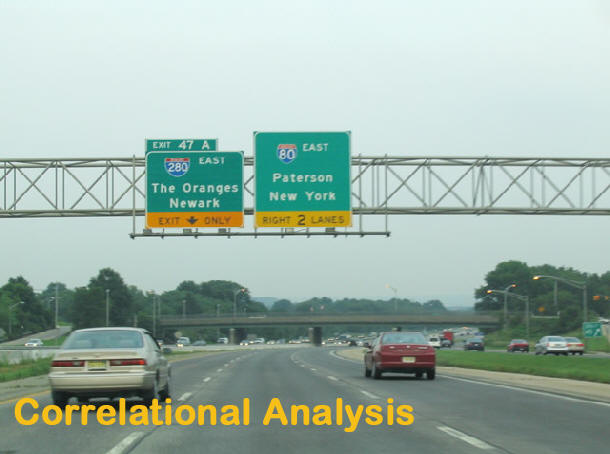
|
|
|
|
|
|
|
|
|
Background

The Centers for Disease Control and Prevention (CDC) has reported that HIV/AIDS is a health crisis for minorities and is especially prevalent among African Americans. Since the beginning of the epidemic, African Americans have accounted for 42% of the total AIDS cases diagnosed in the U.S. The CDC accounts for the high rate of HIV/AIDS in African Americans with their associated trend of poverty, a statistic that has been linked as a major factor in risk of HIV contraction. The CDC has reported that it is proven that socioeconomic issues and other influences affect the rate of HIV infection: “In 1999, nearly 1 in 4 African Americans were living in poverty. Studies have found an association between high AIDS incidence and lower income.”3
Overall, the statistics for number of cases by race in Essex County show that 80% of cases are in African Americans, 12% are in Hispanics, and 7% are in whites. When considering the county versus national rates, it is clear that in Essex County even more so than in the U.S., AIDS is largely a health risk for minorities, with a significant skew towards African Americans.
The correlation between percentage of a municipality’s population that is Black or African American and the AIDS rate proves to be a strong positive association with a correlation coefficient of 0.817 (Figure 5). However, in Essex County, the high incidence of Blacks and African-Americans proved to be the only minority population that is both a significant and positive association with the prevalence of AIDS (Figure 6). In this correlation, Newark was a significant outlier with a much higher AIDS rate than the percentage Black or African-American correlation predicts.
The correlation coefficient for the Hispanic association is 0.337 (Figure 7), which while positive is not significant at df = 9. When looking at the map of percent composition of Hispanics in the town populations, the color trend observed is not as clean cut east-west as other statistics being evaluated (Figure 8).
The correlation coefficient for the relationship between the percentage of Asians in a population and the AIDS rate was -0.718, a strong negative correlation (Figure 9). As the ratio of Asians in a town’s population increases, a decrease in the AIDS rate can also be observed. In Belleville, there is a much higher composition of Asians in the population than other municipalities with similar AIDS rates (Figure 10). Strikingly, Belleville has the lowest AIDS rate of the eastern Essex towns being examined.
The trends of communicable diseases in many minority populations have been found to exist because these populations have a tendency to have significantly lower incomes; this trend holds true in the AIDS plight of the blacks and African-Americans in Essex County.